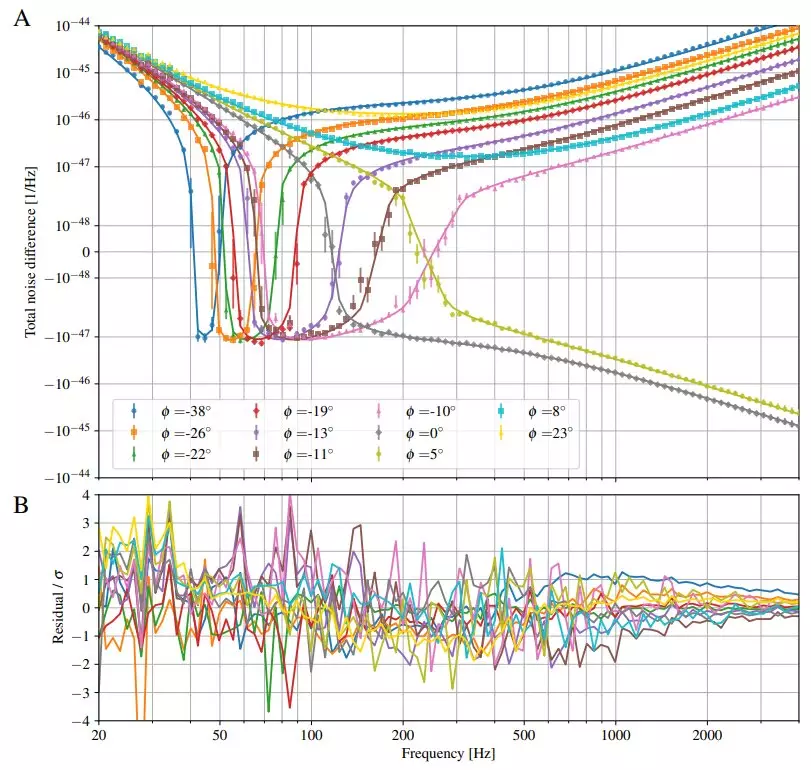A groundbreaking development in the field of gravitational wave astronomy has emerged from the Laser Interferometer Gravitational-Wave Observatory (LIGO) in the United States. Researchers affiliated with LIGO have implemented an innovative technique known as “squeezed light” to enhance the observatory’s sensitivity in detecting these elusive cosmic ripples. Their research, detailed in a recent publication in the journal *Science*, highlights the importance of reducing noise—particularly the unpredictability known as flickering—which traditionally masked the signals of gravitational waves.
The improvements made by the LIGO team represent a significant leap forward since the announcement in 2015 when gravitational waves were first detected, confirming Einstein’s theories regarding the dynamics of spacetime. This initial detection led to the awarding of the Nobel Prize in Physics in 2017 to a group of scientists at Caltech for their pivotal contributions in developing LIGO technology. Given that LIGO continues to evolve, these recent findings illustrate the observatory’s unwavering commitment to refining its detection capabilities.
At its core, LIGO operates by splitting a laser beam and directing it down two perpendicular long tunnels, using mirrors to bounce the beams back for analysis. Any variations in the returned beams indicate the presence of gravitational waves, which distort spacetime within the detector’s arms. However, the challenge has always been to discern actual gravitational wave signals from quantum noise—a task that has required persistent innovation.
The introduction of squeezed light technology marks a pivotal strategy in overcoming this issue. By integrating specially designed crystals, mirrors, and lenses, the team was able to condense the light emitted within the beams into a quantum state. This transformation effectively mitigates the flickering, allowing for a clearer signal profile when gravitational waves pass through.
Initial experiments conducted following these upgrades showcased a remarkable enhancement in the sensitivity of the LIGO observatory. Notably, this advancement first benefited the detection of high-frequency gravitational waves. Recognizing the potential for further improvement, researchers proceeded with additional modifications to the setup, enabling the observatory to also pick up low-frequency signals. Ultimately, the cumulative effect of these enhancements has resulted in a striking increase in detected gravitational waves—a doubling that dramatically expands LIGO’s observational capacity.
Such advancements are not just incremental; they herald exciting prospects for astrophysical research. With the ability to detect gravitational waves at both high and low frequencies, scientists anticipate new avenues of study, including the investigation of black hole mergers that took place during the early epochs of the universe, around the formation of the first stars. This capability could lead to profound revelations about the cosmos, providing insights into the behavior of matter under extreme conditions and the fundamental mechanisms that govern celestial phenomena.
The work of the LIGO team stands as a testament to the significance of innovative technology in the pursuit of understanding the universe, promising to unveil secrets that have long remained hidden.

